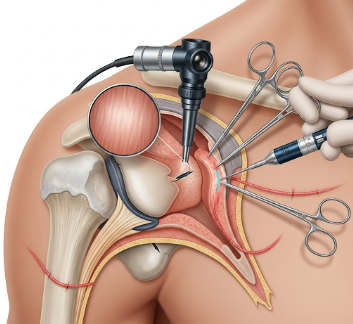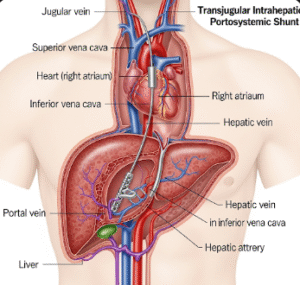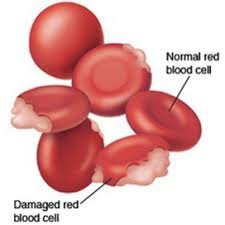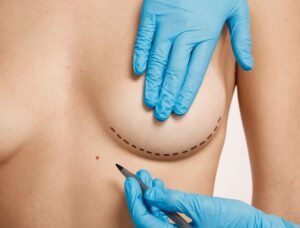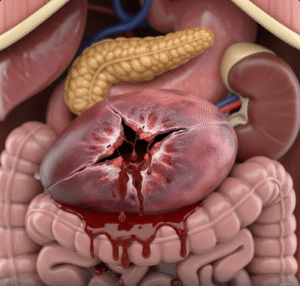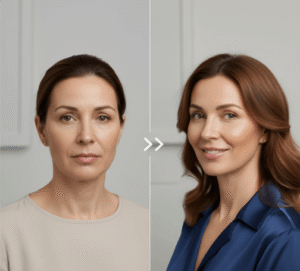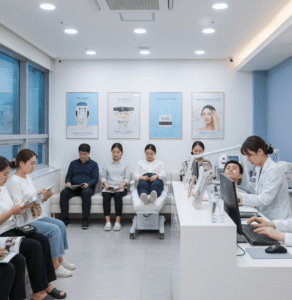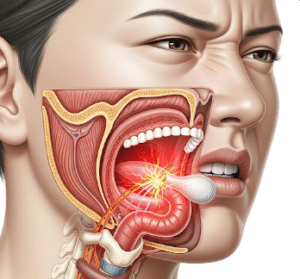Overview
Arthroscopic release of frozen shoulder is a minimally invasive surgical procedure designed to restore mobility in a stiff, painful shoulder. Frozen shoulder, medically known as adhesive capsulitis, occurs when the shoulder capsule becomes thickened and tight, restricting movement and causing pain.
In Korea, this procedure is performed in advanced orthopedic centers by experienced shoulder surgeons, using arthroscopic techniques that allow precise release of scar tissue and adhesions. Patients benefit from smaller incisions, reduced pain, faster recovery, and targeted rehabilitation programs.
What is Arthroscopic Release of Frozen Shoulder?
Arthroscopic release involves inserting a small camera (arthroscope) and specialized instruments into the shoulder joint through tiny incisions. Surgeons can:
- Visualize and assess the joint capsule
- Release tight ligaments and adhesions
- Remove inflamed tissue that contributes to stiffness and pain
- Restore normal shoulder motion
Key points:
- Minimally invasive alternative to open shoulder surgery
- Recommended when conservative treatments like physiotherapy, medications, or injections fail
- Aims to relieve pain, improve range of motion, and restore shoulder function
What are the benefits?
- ✅ Restores shoulder mobility and improves daily function
- ✅ Relieves pain associated with adhesive capsulitis
- ✅ Minimally invasive with smaller scars and faster recovery
- ✅ Short hospital stay; often outpatient or 1-day admission
- ✅ Allows early initiation of physiotherapy, improving long-term outcomes
- ✅ In Korea, advanced arthroscopy ensures high precision and low complication rates
Procedure Details
1) How should I prepare for Arthroscopic Release of Frozen Shoulder?
- ➤ Preoperative evaluation: MRI or ultrasound to assess capsule tightness and joint structures
- ➤ Discuss current medications, allergies, and medical history
- ➤ Fasting instructions if general anesthesia is planned
- ➤ Pre-surgery counseling about procedure, risks, recovery, and post-op physiotherapy
- ➤ Arrange for transportation and post-procedure support, as shoulder mobility will initially be limited
2) What happens during the procedure Arthroscopic Release of Frozen Shoulder?
- ✅ Performed under general anesthesia or regional nerve block
- ✅ Small incisions (portals) are made around the shoulder
- ✅ Arthroscope is inserted to visualize the joint capsule and adhesions
- ✅ Specialized instruments release tight ligaments and scar tissue
- ✅ Inflamed tissue may be removed to reduce pain and inflammation
- ✅ Procedure typically lasts 45–90 minutes, depending on severity
3) What happens after Arthroscopic Release of Frozen Shoulder?
- ➤ Patients are monitored briefly and usually discharged the same day or next day
- ➤ Pain management with medications and cold therapy
- ➤ Immediate physiotherapy is often started to maintain and improve range of motion
- ➤ Sling or support may be used for comfort initially
- ➤ Gradual strengthening exercises are introduced over weeks to months
Risks / Benefits
Potential Risks:
- ➤ Infection at the incision site
- ➤ Bleeding or swelling
- ➤ Nerve or blood vessel injury (rare)
- ➤ Persistent stiffness or incomplete range of motion improvement
- ➤ Shoulder instability (rare)
Benefits:
- ✅ Rapid pain relief and improved mobility
- ✅ Minimally invasive with smaller scars and faster recovery
- ✅ Enables early rehabilitation, maximizing functional outcomes
- ✅ Low complication rates in experienced Korean orthopedic centers
Recovery and Outlook
- Hospital stay: Usually outpatient or 1-day admission
- Activity: Light activities immediately; avoid lifting heavy objects for 4–6 weeks
- Physiotherapy: Key component to restore range of motion, strength, and flexibility
- Full recovery: Typically 6–12 weeks, depending on preoperative stiffness and patient compliance
- Lifestyle: Maintain exercises, follow physiotherapist guidance, and avoid overloading the shoulder prematurely
When To Call the Doctor
- ➤ Severe pain not relieved by medications
- ➤ Redness, swelling, or discharge at incision sites
- ➤ Numbness, tingling, or weakness in the arm
- ➤ Shoulder instability or unusual movement
- ➤ Signs of infection or complications during recovery
Best Korea Option / Process
- ✅ Korea offers top orthopedic hospitals specializing in shoulder arthroscopy
- ✅ Procedures are performed using advanced arthroscopic equipment and precision techniques
- ✅ Immediate post-operative care includes pain management and guided physiotherapy
- ✅ International patients benefit from VIP services, English-speaking staff, and coordinated care
- ✅ High success rates, fast recovery, and minimal complications make Korea a preferred destination for arthroscopic shoulder release

